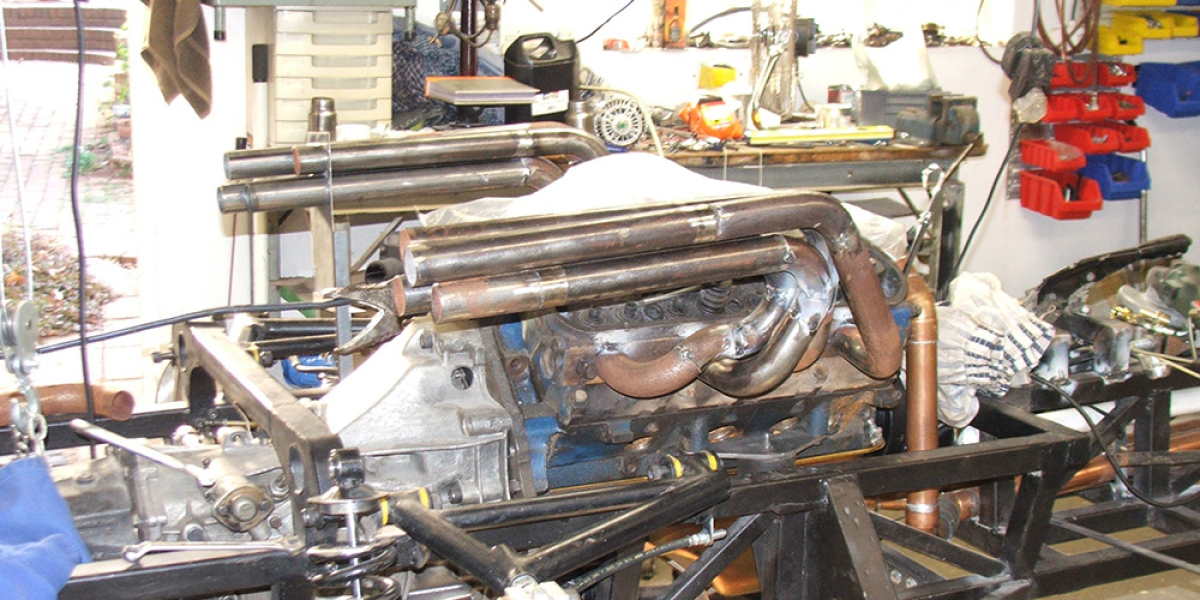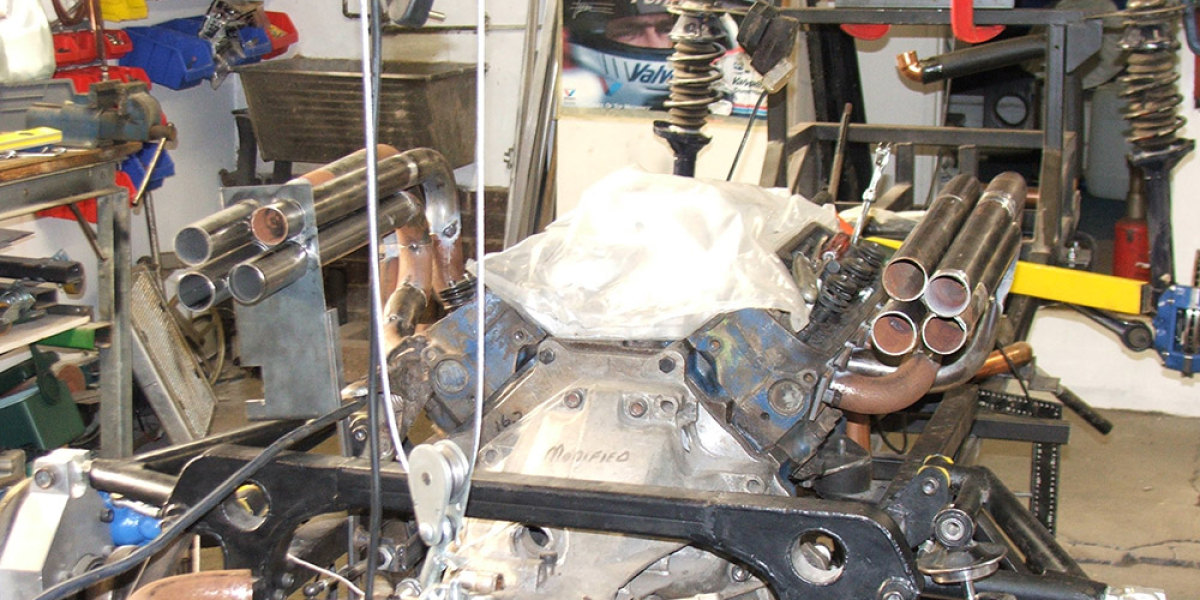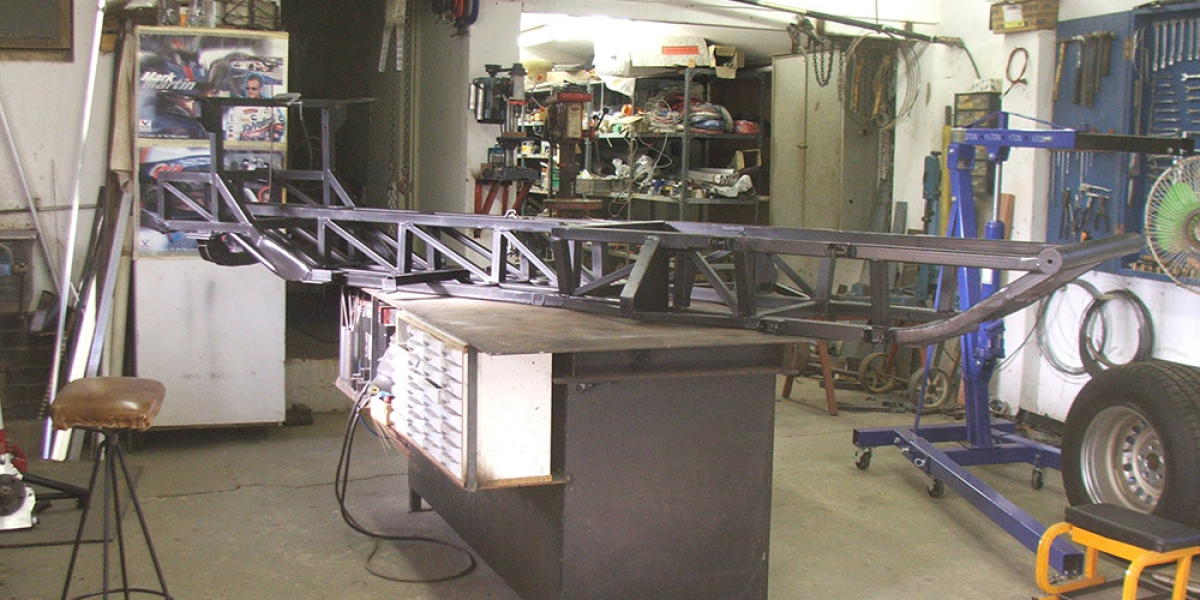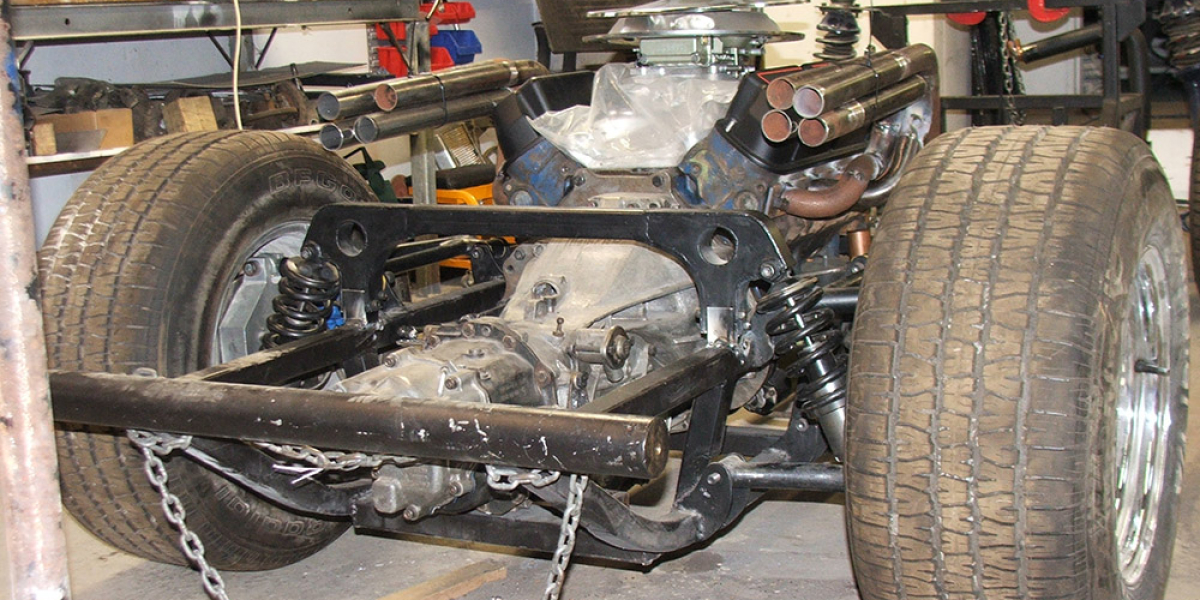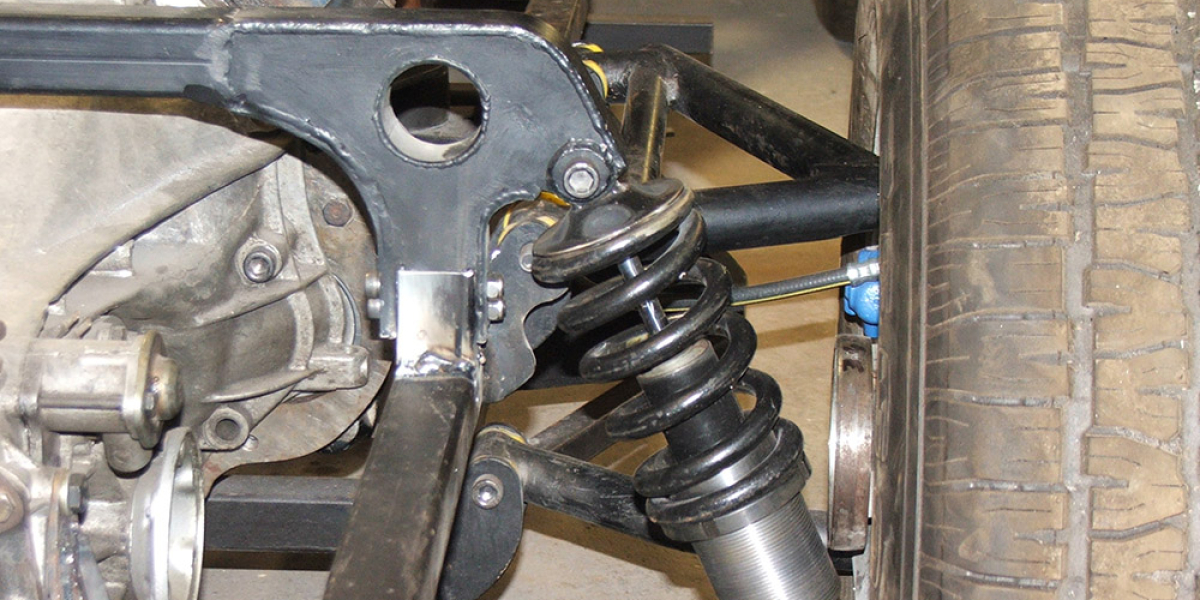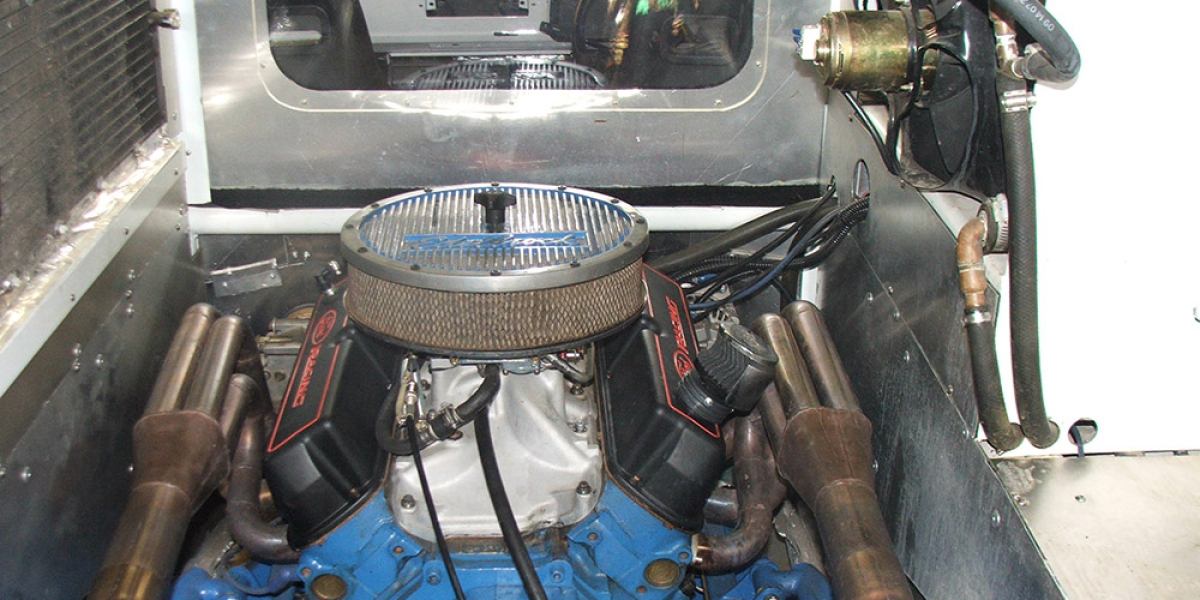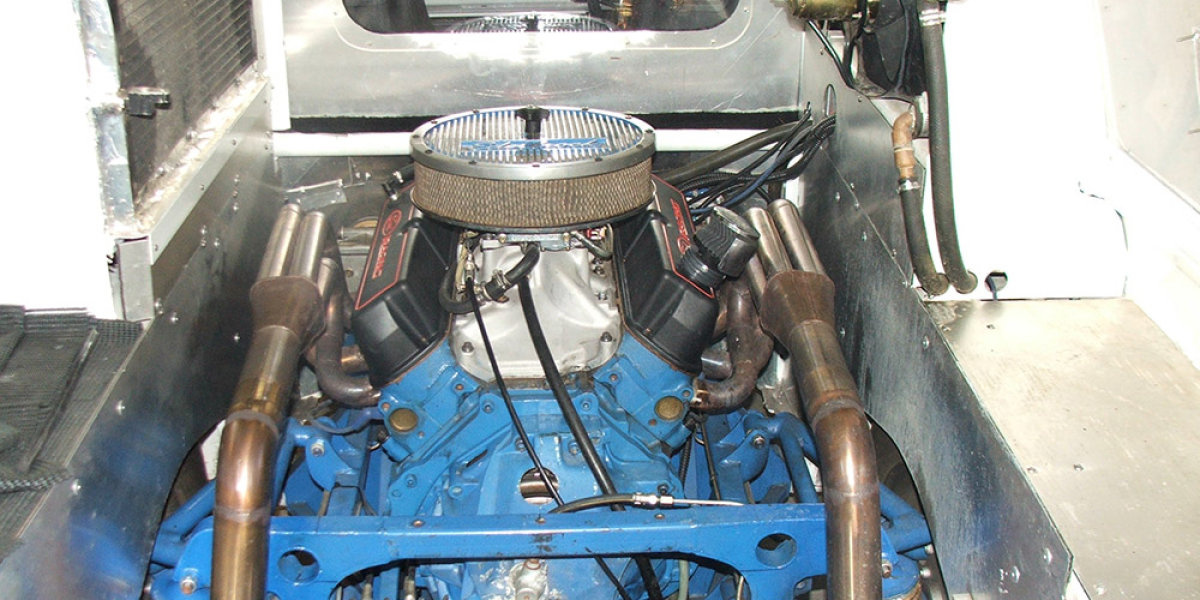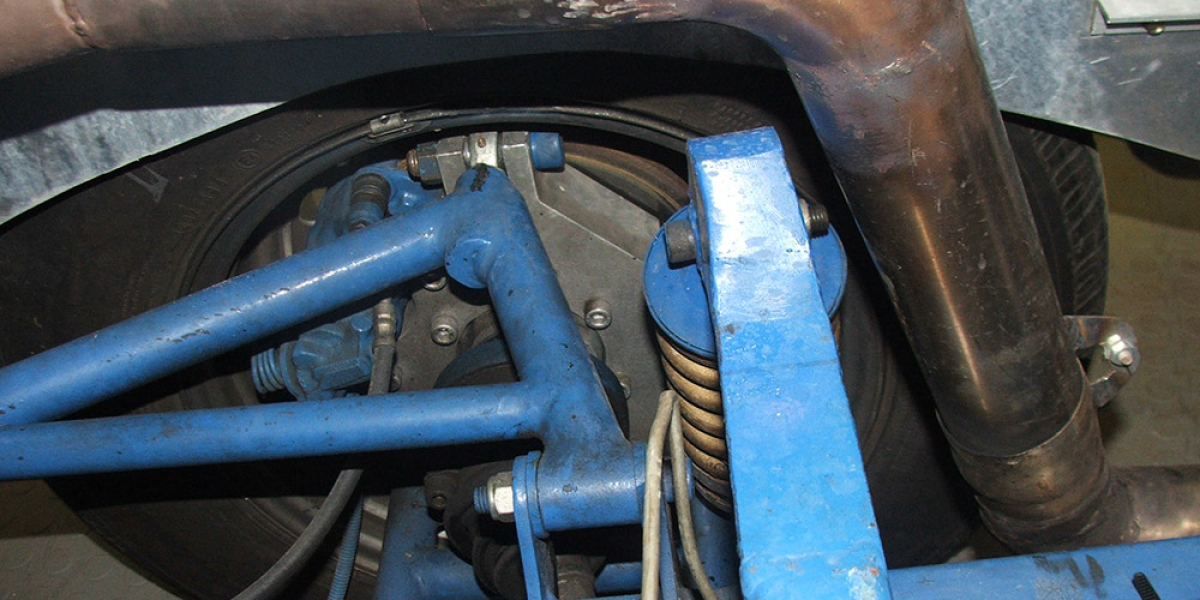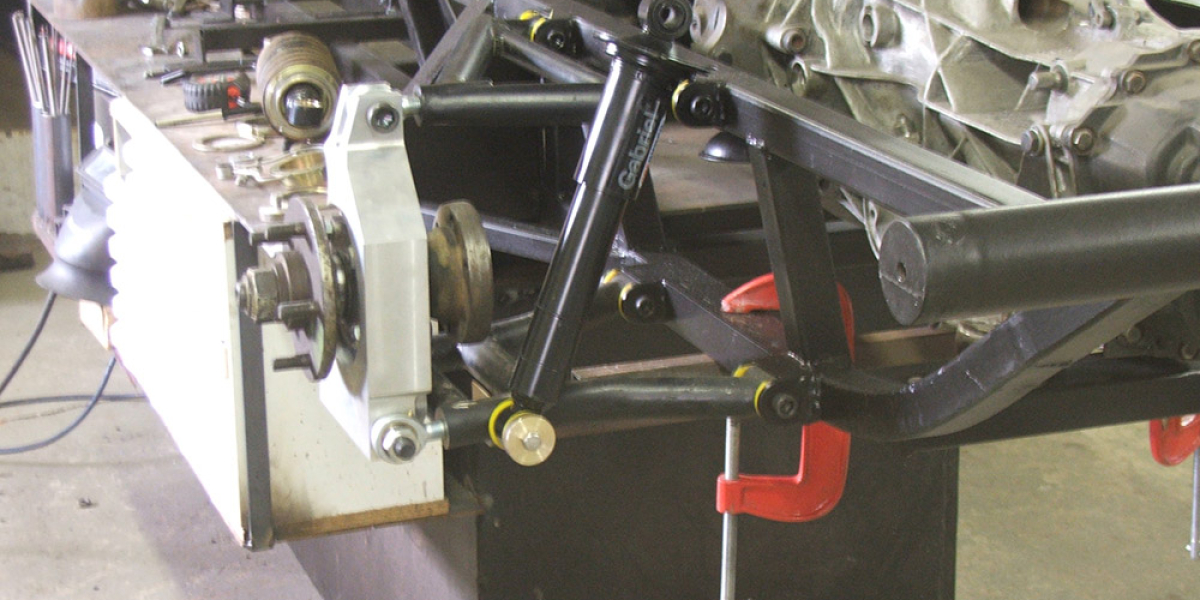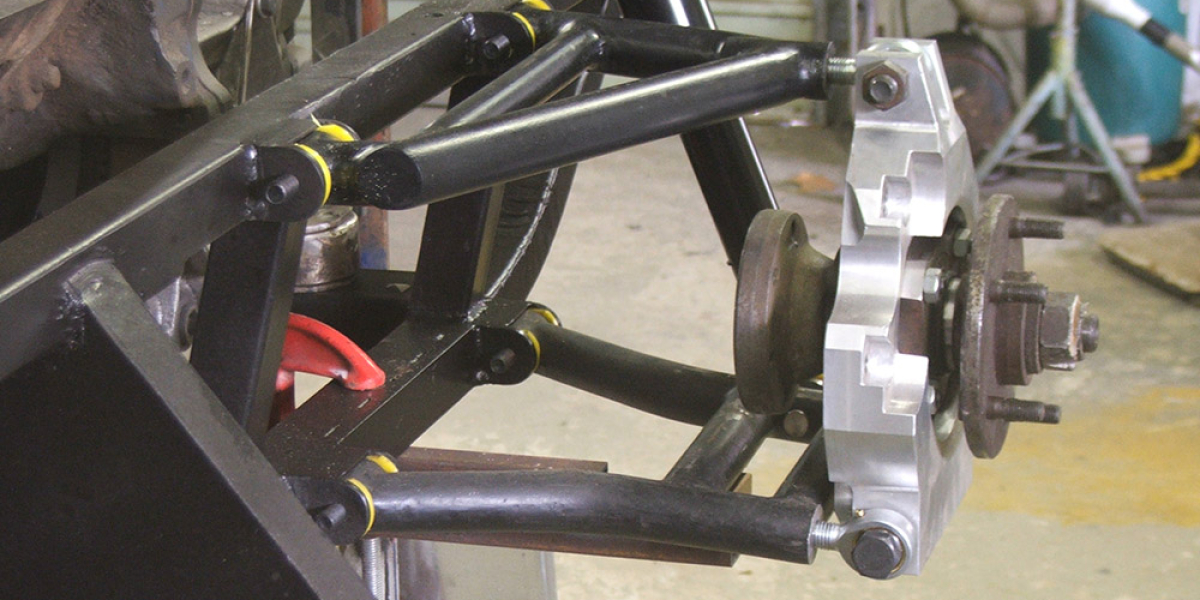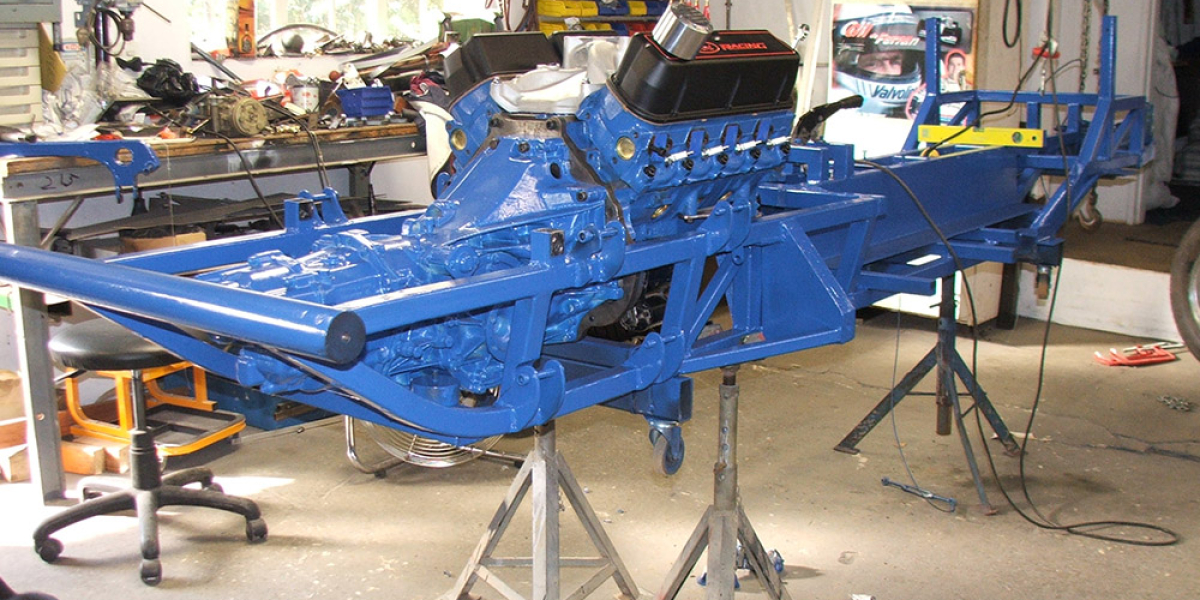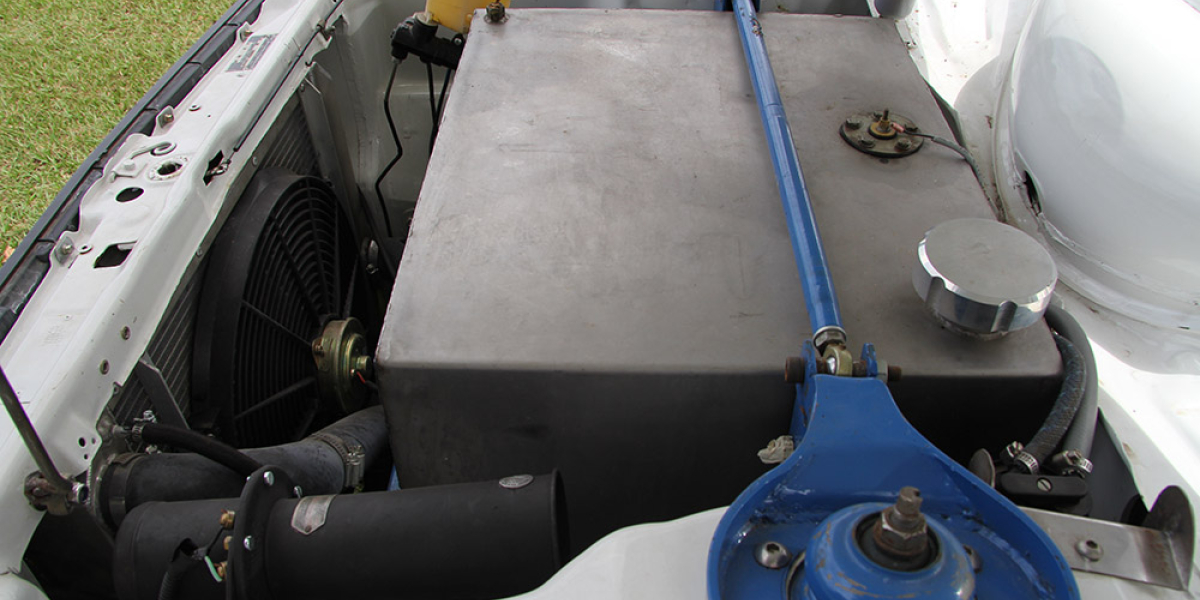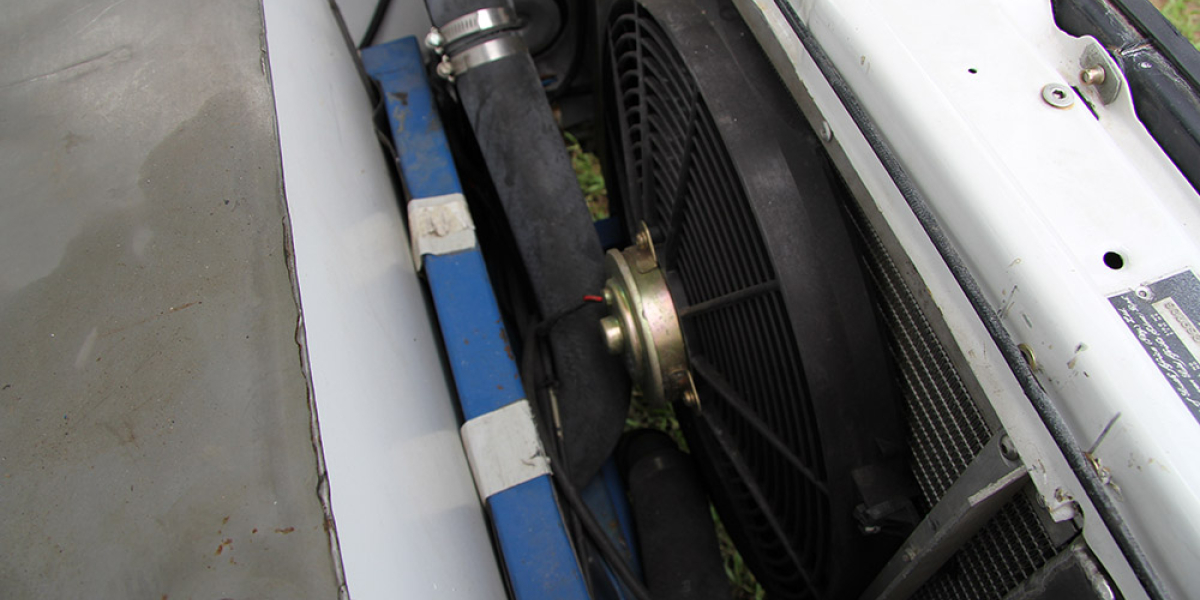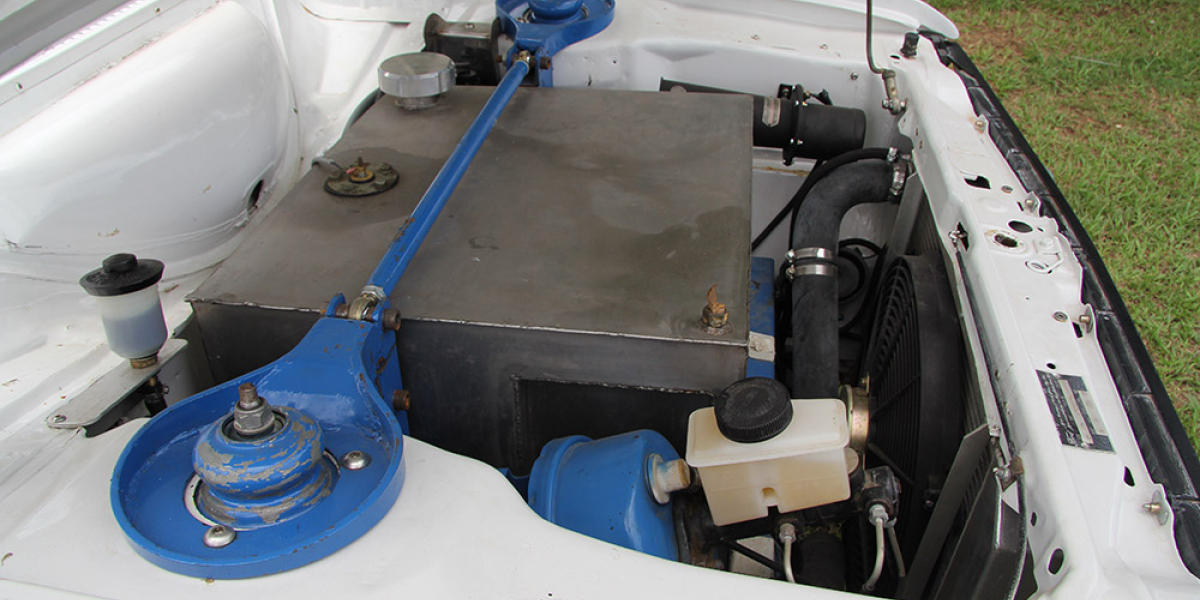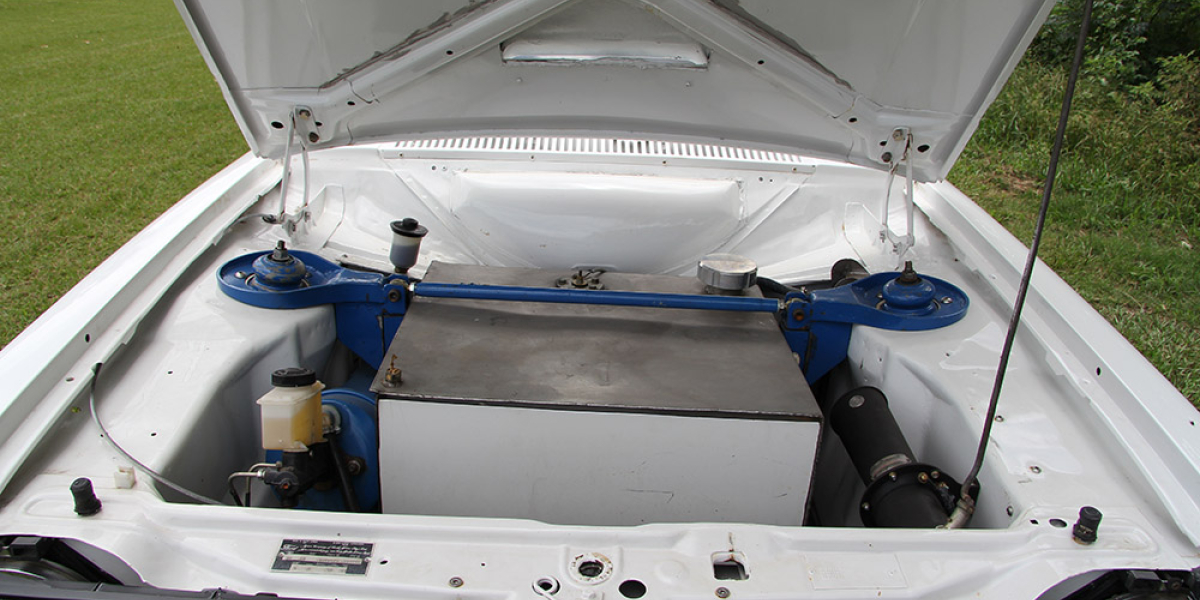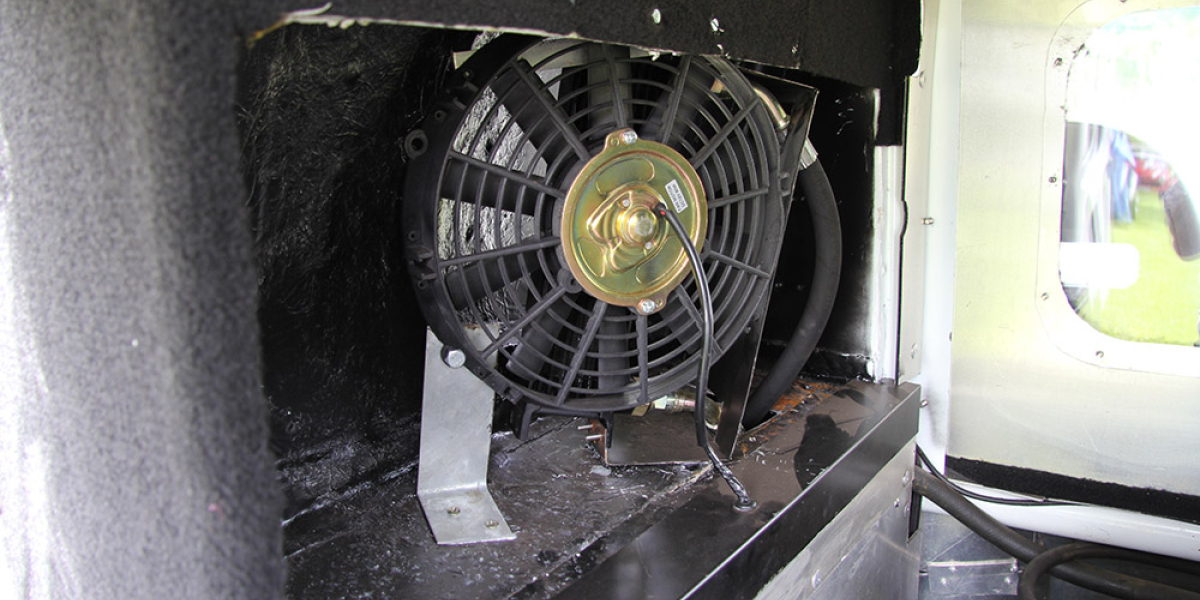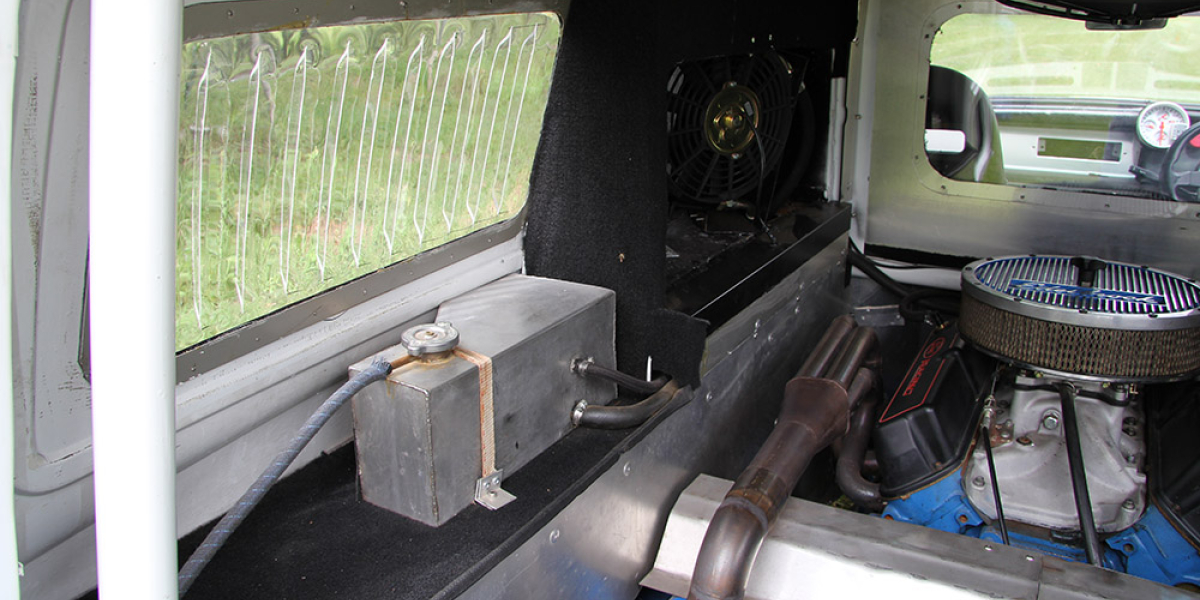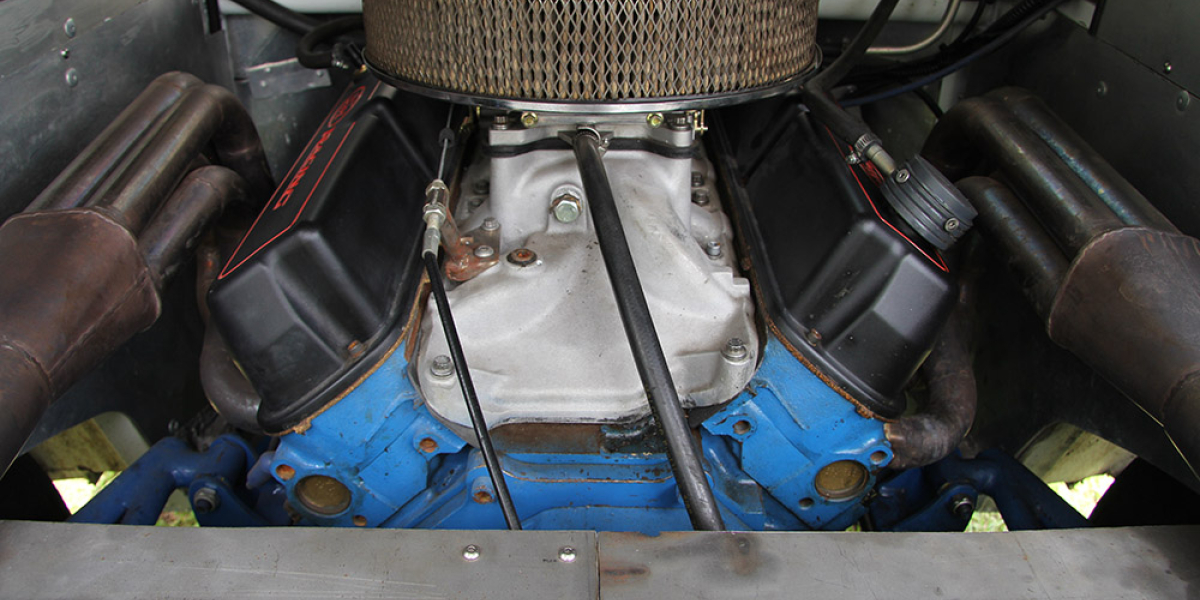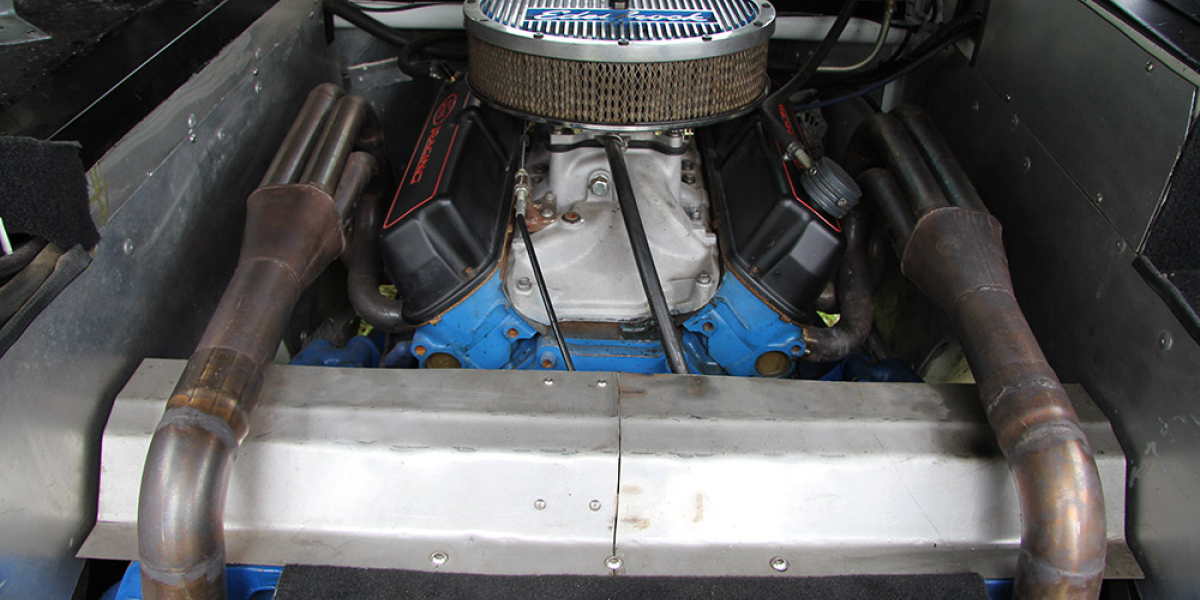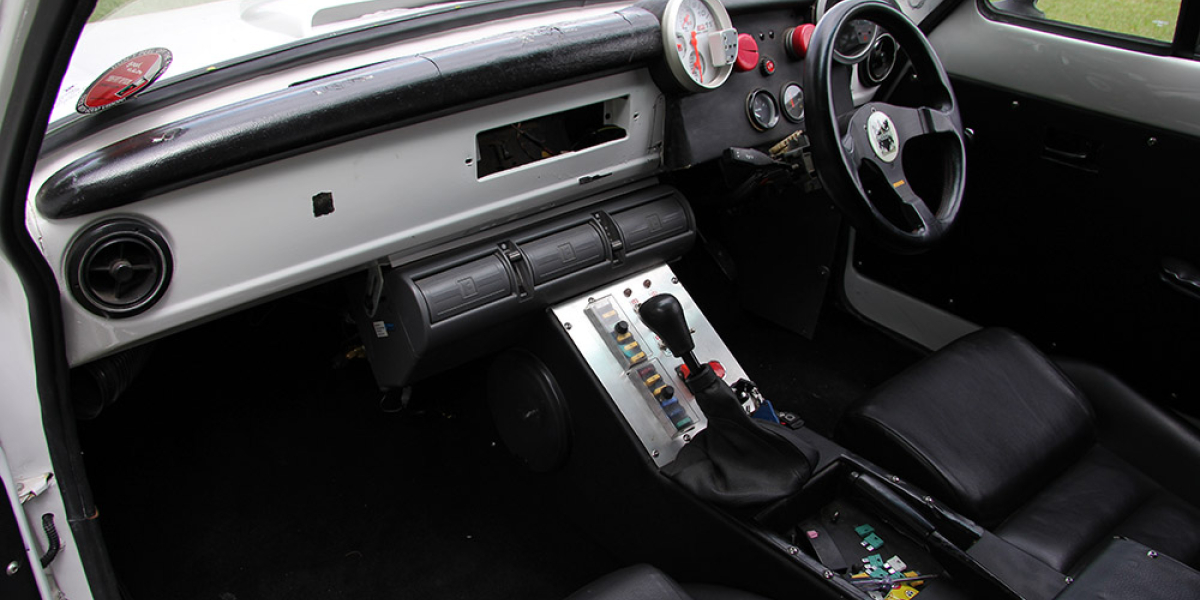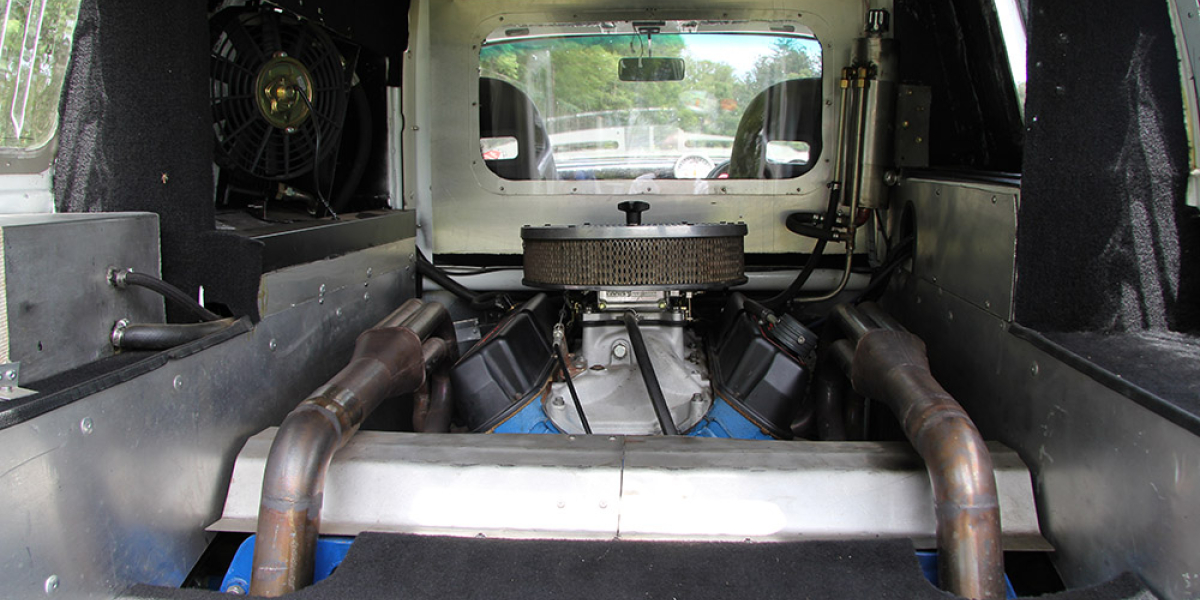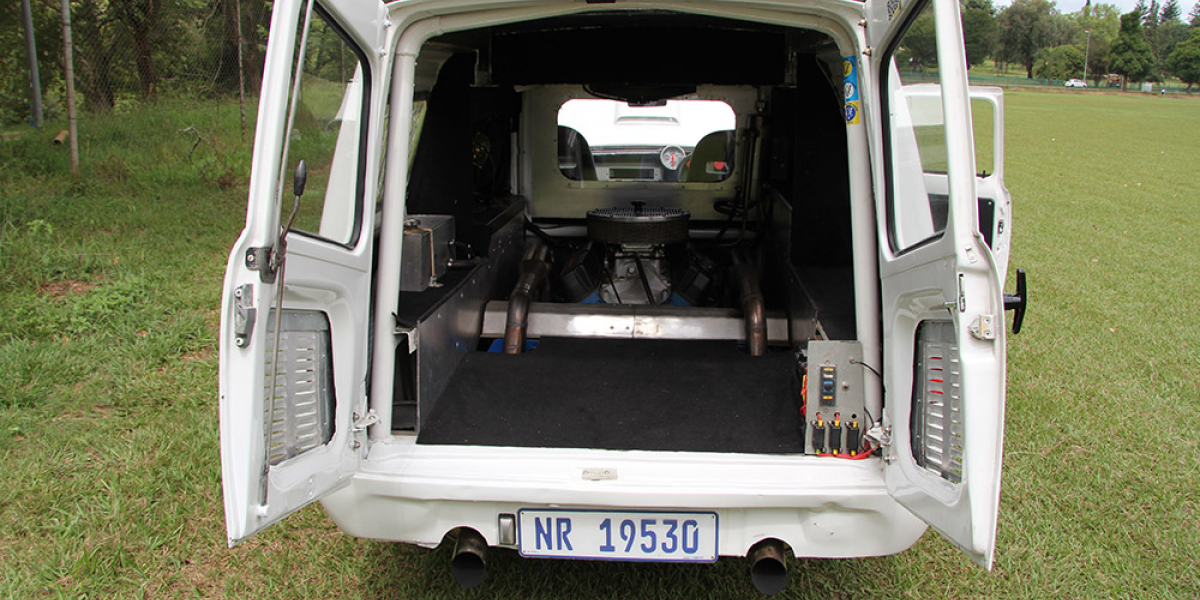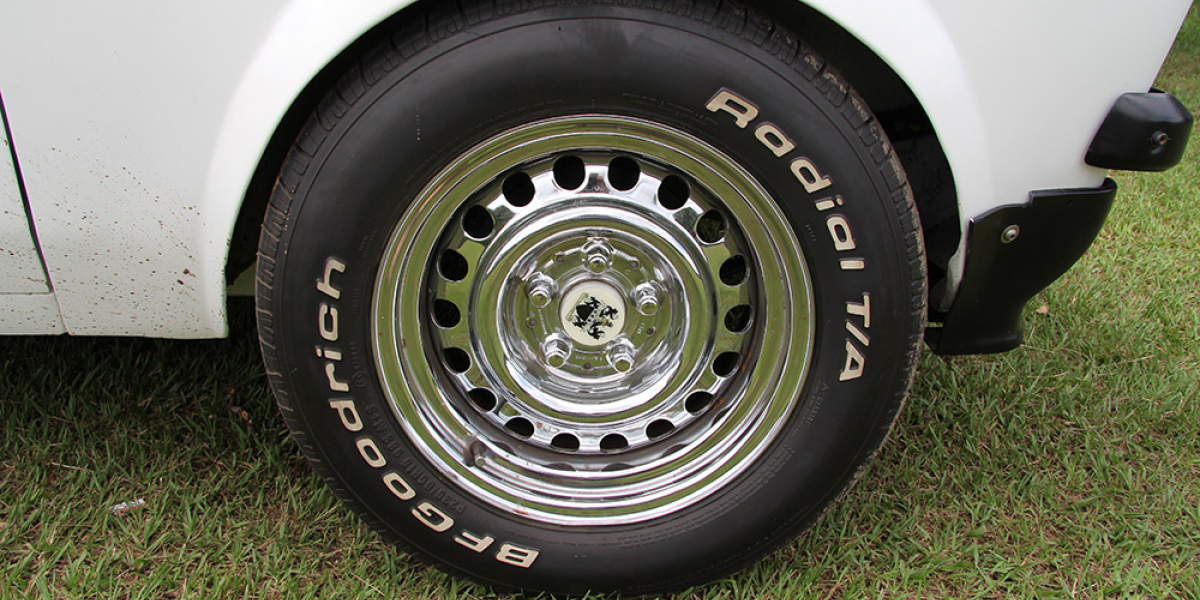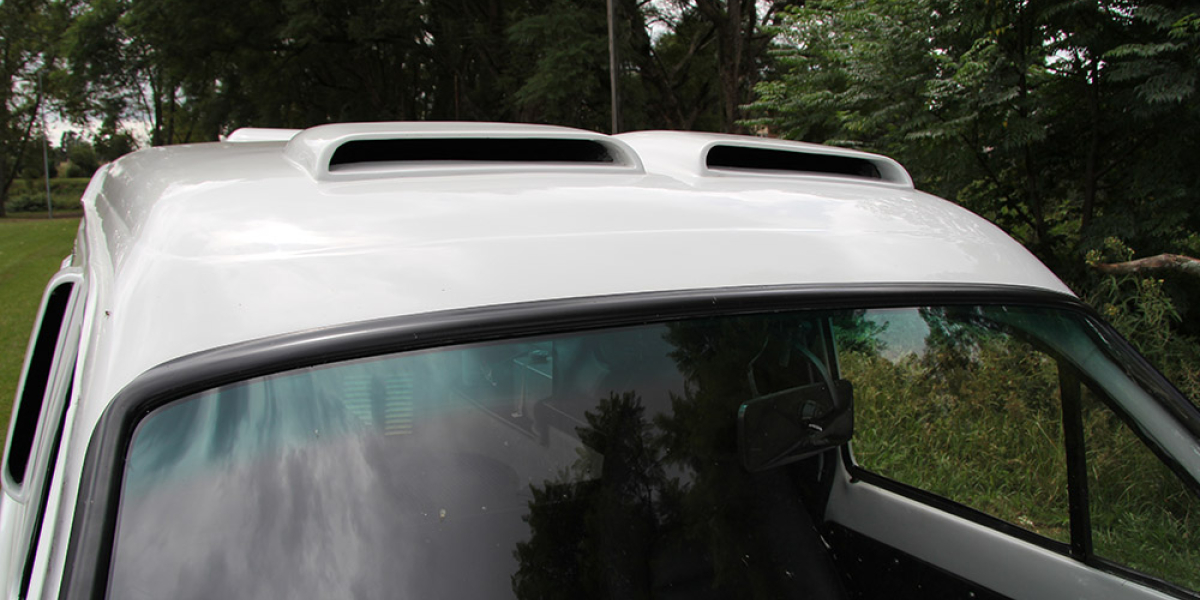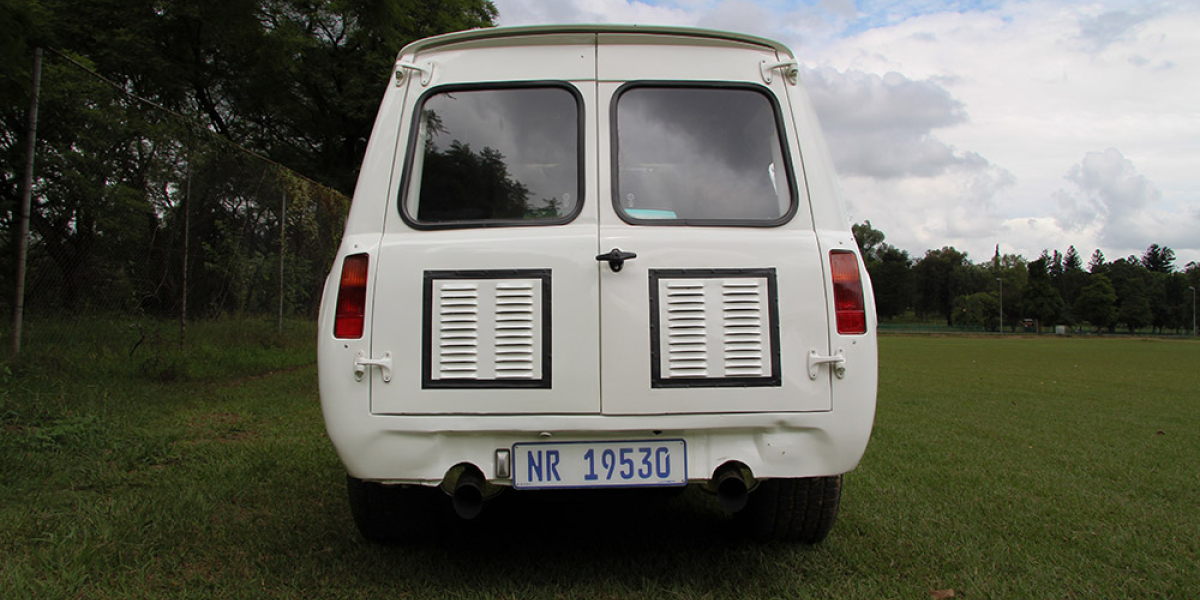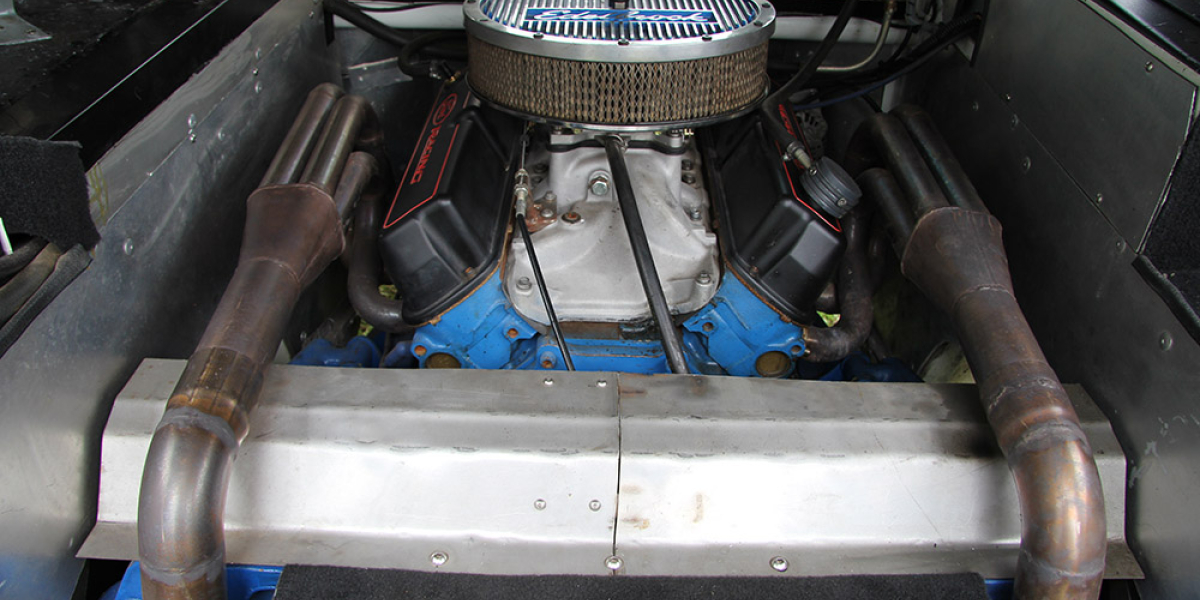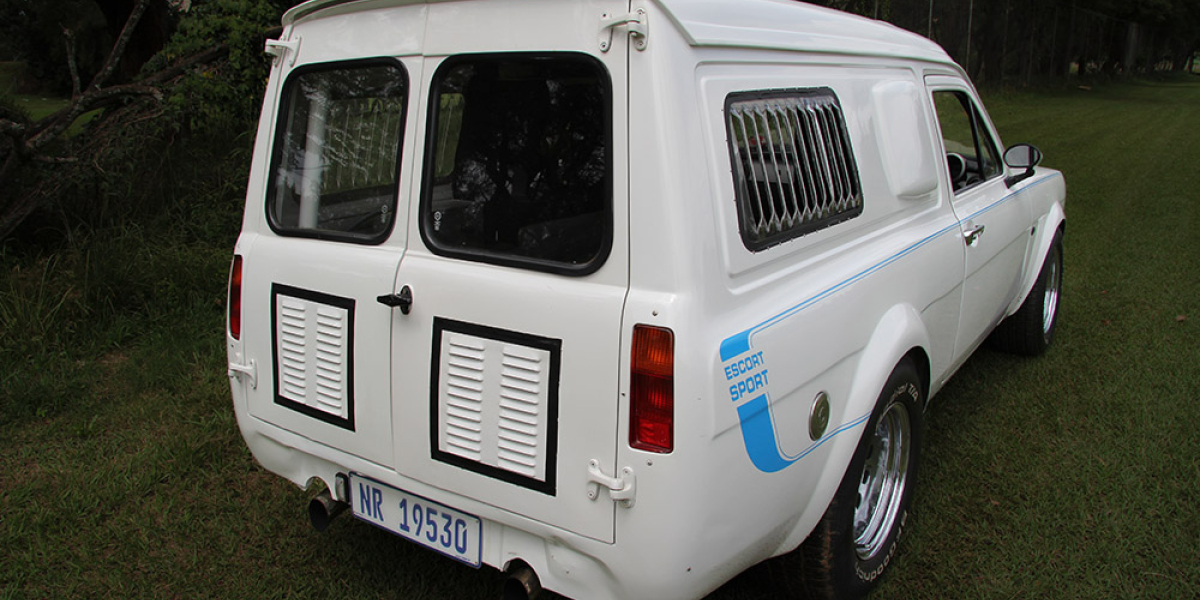Mid-mounted V8 Powered 1972 Ford Escort Panel Van
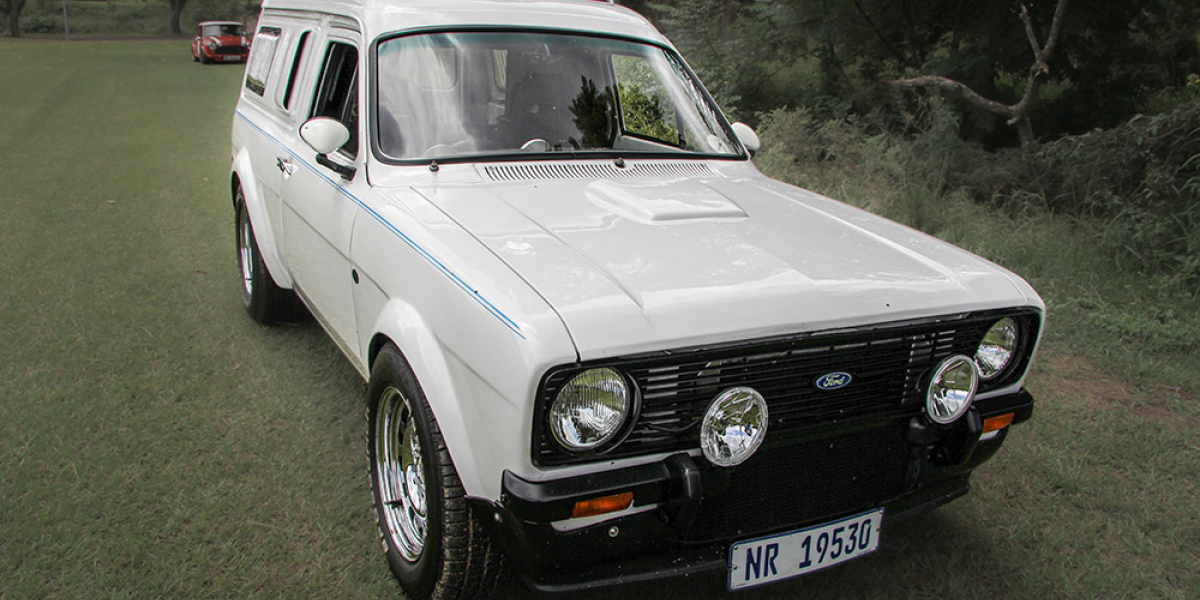
Over the years SA HotRods Magazine covered a lot of great cars and project. However they never got the recognition that they deserved. Just like this one, and with this one I mean a mid mounted V8 1972 Ford Escort Panel Van.
By: Brian B in Durbs
I’ve been around the car scene longer than I care to remember, and I love anything modified, whether it be an old-school car running on old-school sidedraughts, an over-engineered four pot twin-cam turbo car, or a Mini with a V8 stuffed somewhere. The more outrageous the modification, the more interesting it is. Well, I came across just such a car, in the form of a 1972 Ford Mk 2 Escort 1600 panel van. Now, I know that this is a rather ordinary car, and that there is nothing really too exciting about it, apart from the fact that you do not see too many of them around anymore.
The big deal about this one though, is that it has a V8, not in the front, but in the cargo area! Bob Richardson, who hails from Howick in the Natal Midlands, is the mad scientist that screwed this Frankenstein together. Whoever would have dreamt that this sleepy little village would be the birth place of such a monster? Bob had previously owned a Ford GT 40, so when he conceived this Escort, his vision was to adopt the same principle of a mid-engined performance car.
When I asked Bob why he chose the panel van in particular, his reply was simply that he liked the look of it, and the project was a perfect challenge to his engineering skills. An original panel van, with a 1600 Kent motor was soon acquired. The bodywork, apart from a little rust, was in generally good condition, and didnt require any major surgery. There were, however, no tail light or indicator lenses, so Bob made his own. Since the idea was to build a big horsepower car, a strong chassis was a pre requisite, and Bob set about designing, and building, the chassis on which to bolt the Escort shell.
Using 38 x 38 x 3mm square tube, he cut, bent, shaped and welded together, an exceptionally well-thought-out and functional undercarriage for his creation. In the front, the Escort struts were retained, together with the cross member. Coil springs and shocks were sourced from Joburg, fitted to the struts, and then the front end was bolted to the chassis with rose joints, enabling plenty of adjustment to both castor and camber. Hubs to accommodate bigger bearings were machined, and Granada vented discs, together with BMW four pot callipers, were fitted. The Escort rack was retained.
The rear suspension is a work of art. Uprights were machined from billet aluminium to house Granada hubs, discs, and calipers, and the Audi driveshafts were adapted to fit the Granada hubs. These uprights were then connected to the A arms, top and bottom, with rose joints, allowing plenty of adjustment. To finish it off, Jag coilover shocks were fitted. Chromed and widened Mercedes steel rims, shod with 235/60 R15 boots on the front, and 275/60 R15s on the rear, roll this baby along the road.
The 302 Ford motor is no slouch, and produces in the region of 350hp. The heads and block were all skimmed, and together with the high compression pistons, a 10:1 compression ratio was achieved. The heads are gas flowed, house bigger valves, and have roller rockers. The sub-assembly was then balanced, and the motor is able to rev to 8000rpm. Headers, fabricated by Bob, sweep up over the motor, reminiscent of 60s Grand Prix racing cars. The four 30mm pipes feed into a collector, which then flow the gases out through 60mm stainless steel pipes into two mufflers.
A 600 four-barrel Holley, with Edelbrock filter housing, bolted to an Edelbrock intake manifold, together with a high volume fuel pump, make sure that this beast does not run out of juice. The headers and big exhausts ensure that all those nasty gases are quickly expelled, and boy, does it sound sweet! An MSD ignition system makes sure that the spark is strong and properly supplied to the motor.
Understandably, with a huge motor like this in the confined space, extra care needed to be taken to ensure that the engine bay was supplied with plenty of fresh air. The motor too, needed plenty of coolant, so a Cobra kit car radiator, assisted by a large electric fan, replaced the original Escort unit with water flowing to the motor via copper pipes.
The bodywork of the van has been extensively modified, not in terms of producing a body-kit-based show car, but simply to get as much cool air into, and hot air out off, the engine bay. Two large fibreglass air vents have been fitted to the sides of the van just behind the doors. On the drivers side, this is purely an air intake, but on the passenger side, an oil cooler has been fitted into this vent, and an electric fan is mounted behind the cooler to draw air through it, thereby ensuring that the oil in the motor is constantly cooled.
Next came two Perspex louvred windows, which were made by Bob and fitted to the rear side panels of the van, and two louvred panels were fitted to the rear doors, all to aid the escape of hot air from the engine bay. The top of the roof has also been modified to feed air into the engine bay. In front, two vents have been fitted side by side.
These vents feed air onto an aluminium plate which also serves as the roof lining, from where it flows into a collector in the ceiling of the cargo hold, and is then sucked down onto the motor by a large electric fan. On the rear of the roof, a similar vent assists the escape of hot air out of the van. I asked Bob if it wasnt noisy and hot in the cab, sitting in front of this roaring V8, and he admitted that it did get seriously warm and noisy.
Thats the trade-off though, for the pleasure derived from it. Back in the engine bay, a stainless steel header tank is fitted on the passenger side, just below the louvre window, and in the right-hand corner behind the driver, is an oil catch tank made from stainless steel. Only a Perspex window and aluminium panel separate the cab from the cargo area, which would explain the noise and warmth in the cab. A large stainless steel fuel tank was installed in the original engine bay. Also evident is a strong looking, rose-jointed strut brace, and the original Escort brake booster is still in service.
To accommodate the large rubber, Bob had to modify the wheel arches. He says that of all the body modifications he undertook the fibreglass arches gave him the most headaches. Kingsley Krog of CountriTech in Merrivale, a friend of Bobs, took care of the white paint job and Bob fitted the blue stripes and logos himself. An auto electrician was called in to do the wiring once Bob had fabricated and fitted everything. The interior still needs to be tidied up and completed.
The console houses an array of switches and fuses, such as the start button, the fuel pump switch, and the ignition switch. The dash is sparse. A large white-faced, four-in-one Auto Gauge, incorporating a rev counter, oil pressure, water and oil temperature gauges, and a racing-type timer, dominate the left side of the cluster. On the right is a blank gauge, the same size as the rev counter.
This is a digital unit and lights up when the ignition is on. It has separate amp meter and fuel gauges, and a red warning light complete the instrument layout. A very nice MOMO leather steering wheel helps you find your way, and rather nice leather bucket seats, keep you comfy. Black carpeting and standard door pads complete the picture.
All in all, the build took Bob six years. He did most of the work himself, and it has to be said that this is a remarkable achievement. The sheer magnitude of the challenge would deter most people. It is an engineering marvel, and the amount of work that has gone into this car is mind-boggling. The only further plans for the car are to tidy and finish the interior, and replace the glass of the rear doors with louvres. There is no way that anybody can not recognise that this is one mean ride.

